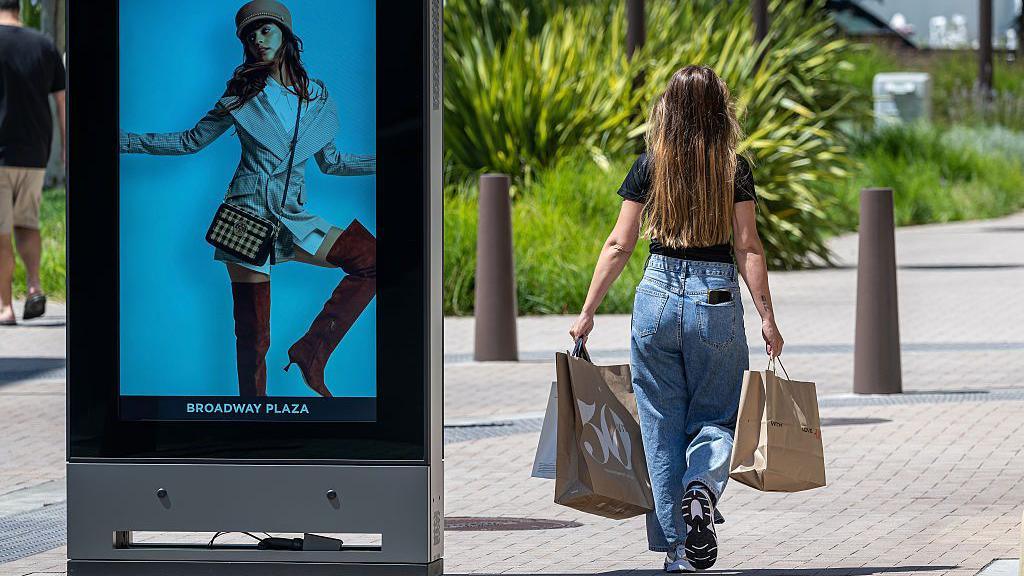Most economists concur that former US President Donald Trump pursued policies that introduced considerable risk to the world’s largest economy.
Experts argued that his tariffs and immigration restrictions courted a return to 1970s-style “stagflation”—a period marked by stagnant economic growth coupled with rising prices, initially triggered by an oil crisis. This time, however, the crisis would be internally generated.
The White House consistently refuted these concerns, often challenging the expertise of those raising them and, in one instance involving the US Bureau of Labor Statistics commissioner, terminating their employment.
Uncertainty surrounding the ultimate impact of these policies has placed the US central bank in a precarious position, as it awaits definitive data before adjusting interest rates.
Following a period of significant corporate announcements and key data releases regarding employment and inflation, the overall picture remains unclear.
The labor market is exhibiting concerning trends.
Job creation figures were notably weak in May and June, only marginally better in July, and the number of discouraged workers is on the rise.
The jobs report released on August 1st triggered a stock market downturn and elicited a strong reaction from Trump, culminating in the aforementioned dismissal of the BLS commissioner.
Shortly thereafter, Mark Zandi, chief economist at Moody’s Analytics, suggested via social media that the economy was “on the precipice of a recession.”
However, this assessment is not universally shared.
While economic growth has indeed slowed, registering an annual rate of 1.2% in the first half of the year—a decrease of one percentage point from 2024.
Consumer spending has shown surprising resilience, despite some pessimistic forecasts from various sectors.
Equity markets quickly recovered from the August 1st setback and resumed their upward trajectory.
As the chief financial officer of JPMorgan Chase, the largest US bank, noted last month, “We continue to struggle to see signs of weakness… the consumer basically seems to be fine.”
This observation has fueled hopes that the economy might successfully weather the current challenges, mirroring its unexpected resilience in the face of the highest inflation rates since the 1980s and a subsequent sharp increase in interest rates.
Recent government data indicates that retail and restaurant spending increased by 0.5% from June to July, with June’s figures being revised upward.
Michael Pearce, deputy chief US economist at Oxford Economics, commented, “Consumers are down but not out,” projecting a moderate recovery in spending as tax cuts and stock market gains bolster consumer confidence.
“With the sluggish yet resilient real economy, the labor market is unlikely to deteriorate sharply.”
Nevertheless, significant challenges persist in the coming months.
Currently, households have not experienced a substantial increase in retail prices that would compel them to reduce spending.
Consumer prices rose 2.7% in July compared to the previous year, mirroring the rate observed in June.
However, many analysts had anticipated inflationary pressures to emerge later in the year, particularly after Trump deferred implementation of some of his more aggressive tariff measures.
Prices for essential imported goods with limited substitutes, such as coffee and bananas, have already increased.
Economists expect broader price increases in the near future, as businesses deplete existing inventory and adjust prices to reflect the revised tariff landscape.
This context underscores the importance of the producer price index, which tracks wholesale prices and serves as an indicator of future consumer price trends.
In July, the index increased at its fastest rate in over three years.
Concerningly, both consumer and producer inflation data suggest that rising prices are not limited to tangible goods, raising the specter of a return to stagflation.

